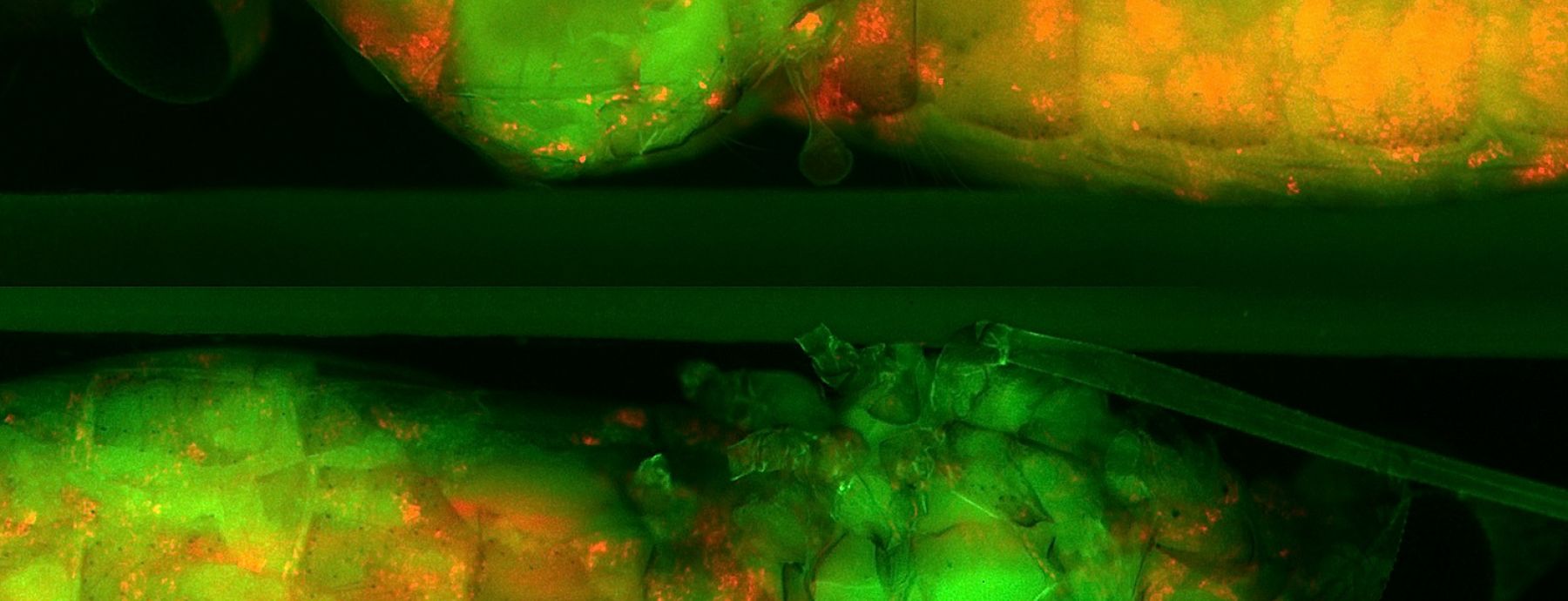Viral, bacterial, or parasitic infections can often occur together within a single host, creating an environment that can be beneficial or detrimental to one or both of the invading pathogens. In this study led by Entomology Professor Dr. Jason Rasgon and research associate Grant Hughes, scientists examined the interaction of the intracellular bacterium Wolbachia with Plasmodium berghei, which is the parasite that causes malaria in mice and is often used as a model for malaria research.
In their study, the authors infected Anopheles gambiae mosquitoes with two different Wolbachia strains and then challenged them with the P. berghei parasite. Their data show that when the mosquitoes were infected with one particular Wolbachia strain, wAlbB, the number of P. berghei oocytes in the mosquito midgut was significantly enhanced. In contrast, another Wolbachia strain, wMelPop, decreased the number of oocysts detected. In addition to affecting the number of midgut oocytes present, fewer mosquitoes infected with wMelPop survived either before or after feeding on blood as compared with those infected with the wAlbB Wolbachia strain. Lastly, the authors found that the bacterial load of either Wolbachia species had no effect on the number of parasites detected in the mosquitoes. This is the first study to show that Wolbachia infection can enhance rather than suppress pathogen levels in vector arthropods
This research highlights the importance of studying disease phenotypes as whole systems rather that examining individual pathogens alone, and opens the door to further research that can determine the environmental changes that may occur in the presence of Wolbachia, such as host immune responses and nutrient availability, that can impact Plasmodium infection.
Written By: Hughes GL, Vega-Rodriguez J, Xue P, & Rasgon JL
Paper Url: http://aem.asm.org/content/78/5/1491.long
Journal: 78:1491-1495
Journal Reference: 78:1491-1495
Paper Id: 10.1128/AEM.06751-11
